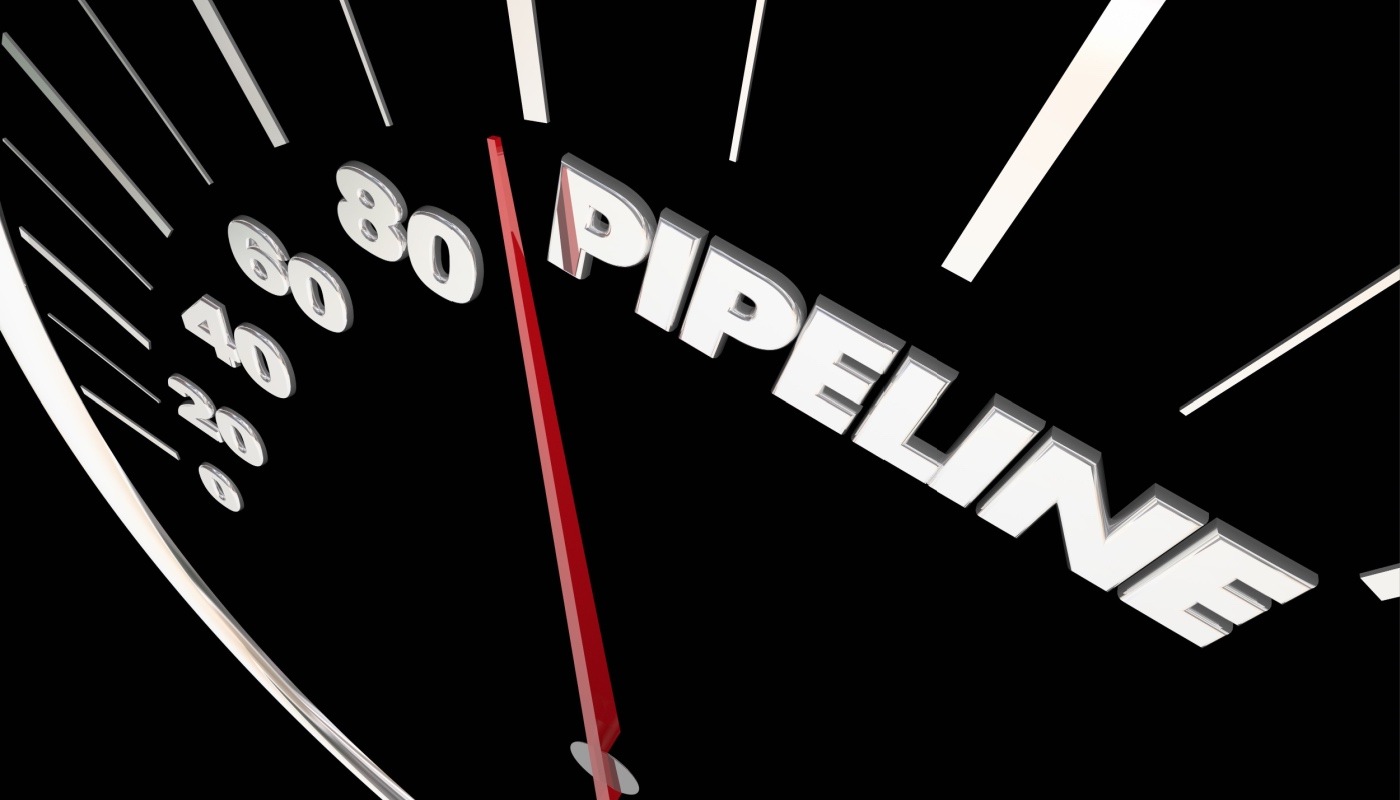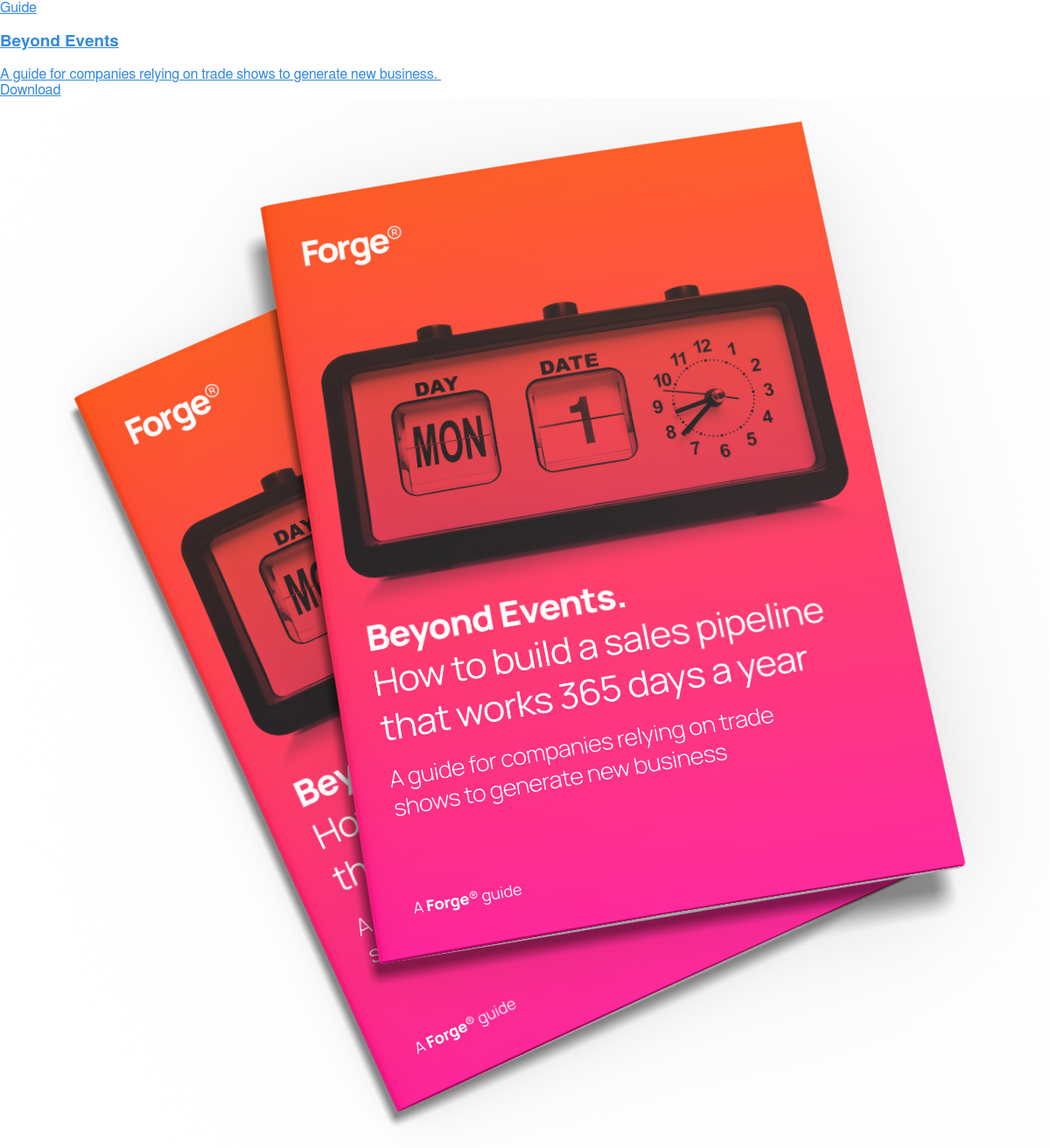
How to Build an Always-On Sales Pipeline Beyond Trade Shows.
How constant customer communication boosts your chance of long-term sales success.
A strong sales pipeline isn’t built in a day, or in a single trade show. Manufacturing and engineering companies have long relied on events to generate spikes of sales interest, but today’s buyers expect more. Market positioning, brand strength, and a steady digital presence are just as critical to reputation and revenue. Success doesn’t come from a single moment of visibility at a trade show. It comes from continuous customer communication. Companies that commit to an always-on sales pipeline don’t just attract attention. They earn trust, build relationships, and drive consistent growth. Here’s how you can make it happen.
Step 1: Learn everything about the audience and what they care about.
To sell effectively, you need to understand your audience not just as professionals, but as people. What are their goals? Their pain points? What pressures do they face in their industry? Deep persona research gives companies the insights they need to engage customers with meaningful content and solutions.Conversations with clients and industry contacts are invaluable. The better you understand your audience, the better you can position your products as the answers customers are looking for. This knowledge also helps your senior leadership better educate your workforce, ensuring the business as a whole has a better understanding of what the market needs. When audience insights drive sales efforts, companies see stronger, more predictable growth, not just occasional spikes around trade show exhibitions.
Step 2: Build a content strategy that solves problems.
Once you know your audience, the next step is to create a content strategy that speaks to their needs while supporting your own business objectives. Trade shows let companies control how their brand is perceived within a confined, time-limited physical space. Beyond those events, content fills that role. The right strategy keeps your company visible and relevant year-round.
The key to this is to create "Problem:Solution" content. This isn’t self-promotional material. It’s educational material that addresses real industry challenges and potential solutions. Articles, whitepapers, videos, podcasts - whatever the format, the best content subtly positions your company as a go-to expert in the industry. If you can strike the right balance, audiences won’t just see your company as a brand. They will see a trusted resource they return to over the course of their research before making a purchase.
Step 3: Put that content in front of the people who need it.
Even the best content strategy will fail if no one can find or consume its content. Companies must maximise the reach of their content by distributing it across all owned channels: website, LinkedIn, automated email marketing and beyond. If a company publishes valuable insights inconsistently, it’s missing an opportunity to stay top of mind. Paid promotion plays a crucial role, too. Running targeted campaigns ensures content reaches decision-makers at the right time. Thought leadership pieces should be gated behind landing pages that “gate” thought leadership content properly in order to keep track of the individuals who have engaged with it. This creates a steady flow of engaged contacts, which can then be nurtured into leads.
Step 4: Nurture leads down the sales funnel.
Once your “Problem:Solution” content has attracted market interest, automated email marketing is your best tool to turn that interest into sales. A well-structured email workflow keeps prospects engaged over time by delivering relevant content directly to their inbox at critical stages of their decision-making process. Here, segmentation is key. Not every lead is at the same stage in the buying journey, so automated email systems must be able to deliver the right message at the right time. Welcome sequences introduce new leads to your company, while lead-nurturing campaigns provide educational content that moves them closer to a purchase.
Automated email marketing also enables personalised communication with leads, which is essential. Using data from previous interactions, email automations can dynamically adjust the content a lead receives in their inbox based on their prior behaviour, for example whether they downloaded a whitepaper, filled out a “Contact Us” page, or engaged with a specific service page. From there, regular email check-ins and timely follow-ups with your leads keep your brand top of mind and encourage them further down the sales funnel. When executed properly, automated email marketing is a powerful tool that guides potential customers through the funnel efficiently, ensuring fewer opportunities are lost.
Automated email marketing also generates data. Metrics like open rates, link clicks, and delivery failure percentages are all critical indicators of how well a company’s content resonates with its audience. Data can also inform future instances of persona research and content strategy development, meaning a company’s “always-on” sales and marketing strategy benefits from its own data over time.
What's the rub?
Ultimately, a sales pipeline that generates year-round growth requires an always-on approach. Manufacturing and engineering companies that rely solely on trade shows risk missing out on valuable opportunities to engage potential customers at every stage of their decision-making process. By taking the time to understand their audience, designing a content strategy that resonates with commercial goals, and being consistent with retargeting and lead-nurturing efforts, companies position themselves well to benefit from a growing reputation as an industry expert leader and problem-solver.
An audience-first approach builds trust. A well-designed and executed content strategy educates and adds value for audiences. A structured lead-nurturing strategy converts passing interest from target prospects into long-term sales growth. Each element of an always-on sales strategy strengthens and enhances the sales pipeline, turning it into one that drives steady revenue growth. Companies that master this approach can expect consistent, forecastable sales, year-round.


